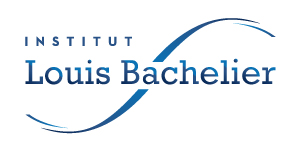This study compares and quantifies the potentials of 5 drivers of transport CO2 emissions reductions within French prospective scenarios by 2050.
Pioneer investigations of the economic consequences of ethnic diversity – a ubiquitous feature of African societies – found a strong and negative correlation. The...
This paper analyses the drivers of French transport CO2 emissions over the period 1960-2017. A decomposition analysis is used to evaluate the relative contribution of five key drivers of passenger and freight transports emissions: transport demand, modal shift, vehicle load factor, energy efficiency and carbon intensity of the energy.
Based on content analysis of firms’ reference documents over 2015-2017, this article examines CAC 40 firms’ compliance with the recommendations of TCFD by building a new index to measure the disclosure of environmental information.
This paper is an introduction to climate change risk for the financial sector (banks and investors). It aims to provide financial professionals, researchers and policymakers in the area of banking and investment with a snapshot of the current state of the art and guidance on the relevant literature to go further.
This article provides a knowledge-based and energy-centred unified growth model of the transition from limited to sustained economic growth.
This article analyzes the transition dynamics, what Hicks called the traverse, from one equilibrium toward another one—and the conditions for such a transfer—in a bi-sectoral economy under technological shocks.
In this paper, we estimate for the first time how production and emissions of manufacturing firms in one country respond to foreign demand shocks in trading partner markets.
This paper analyzes the potential benefit of using subsidies conditional on success or failure of an R&D program, rather than a flat subsidy.
We introduce a theoretical framework for the analysis of competition between a traditional and a renewable generator in a spot electricity market where the electricity from renewable sources is always the first to be dispatched.
No Upcoming Events found!


